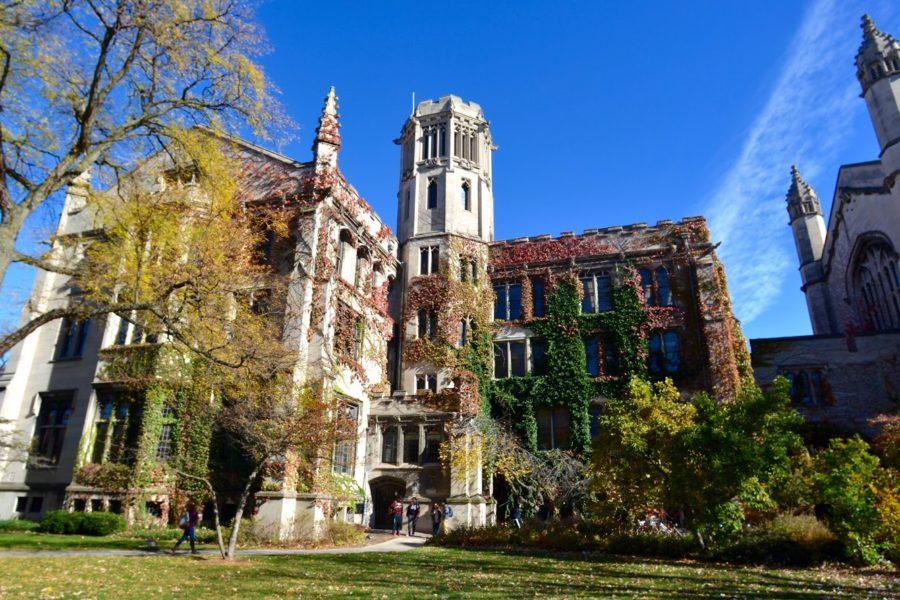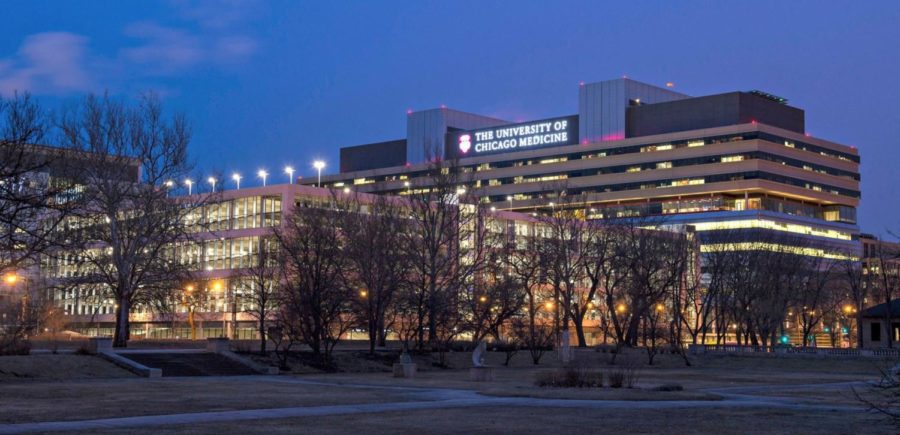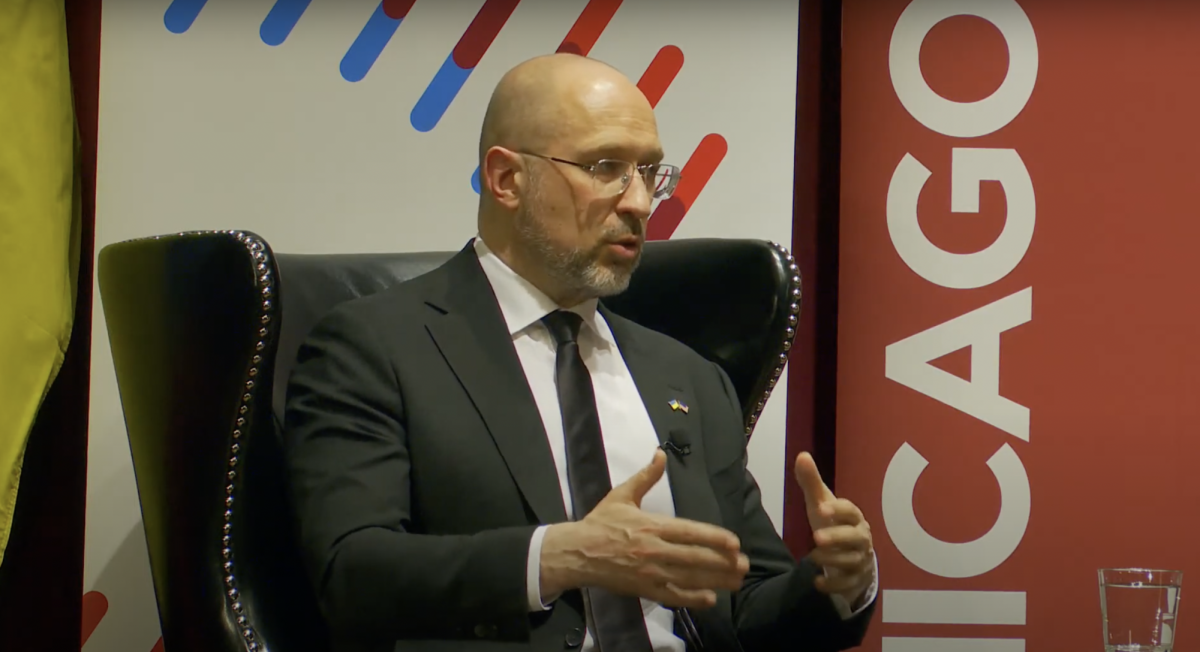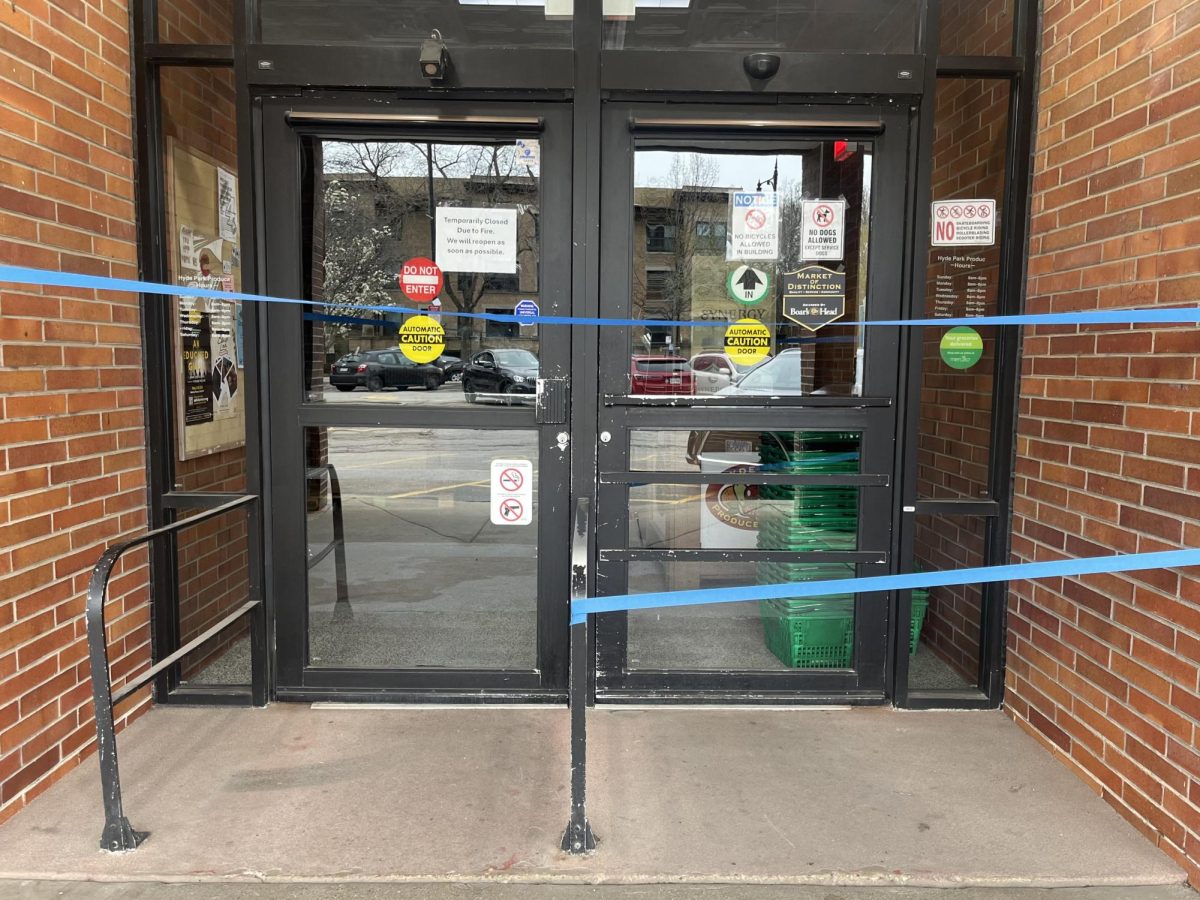For his role as president of the University during the 2002-2003 year, Don Randel’s compensation, including pay, benefits, and expense account, came to $540,374. While Randel treads in the upper bracket of college administrators, his hefty compensation illustrates a larger trend in academia. According to The Chronicle of Higher Education, the number of private-college presidents with annual pay exceeding $500,000 rose 56 percent in the 2003 fiscal year.
The mounting pressure for presidents to be effective fundraisers coincides with this trend of inflated compensation packages. Consequently, much attention has been paid in recent years to the changed role of University presidents, who some worry are morphing into CEOs and shedding their academic robes.
The best-paid university president in 2002-2003 was William R. Brody of Johns Hopkins University, who received $897,786 in total compensation, according to The Chronicle of Higher Education. Brody has proven to be a highly effective fundraiser, launching a $2 billion campaign scheduled to end in 2007. This leads some to wonder what exactly Brody is being paid to do.
When Lawrence Summers was named president of Harvard University in 2001, Washington Post columnist Jay Matthews warned Summers that he would not be encountering an opportunity for academic leadership but instead a “padded cell.” “Instead of being a ‘thinker-in-chief,’ the college president of today is expected to be fundraiser-in-chief,” Matthews wrote.
David Whetten and Kim Cameron, in an article for The Review of Higher Education, isolated 1985 as a turning point in the role of university presidents from academic leaders to fundraisers. Whetten and Cameron characterized the two decades following World War II as a Golden Age for higher education and its administrators. This period witnessed steadily increasing enrollment, revenues, and public prestige. Academic institutions experienced a rude awakening in the 1970s and 1980s, when higher education’s post-war health began to suffer and universities entered what Edward Lilly named the “Era of Uncertainty,” a period in which fundraising efforts rose to new heights.
Between the years 1974 and 1979, 37 percent of private institutions initiated fundraising campaigns, according to The Journal of Higher Education. Stanford University raised the stakes in February of 1987 by announcing a five-year, $1.1 billion campaign. (This campaign ultimately proved successful, raising $1.27 billion.) Stanford’s efforts inspired similar campaigns by Boston University, University of Pennsylvania, New York University, Columbia University, Cornell University, University of Michigan, and Yale University—all of which undertook campaigns by 1992. Fundraising campaigns became not only a source of needed revenue but also an indicator of prestige, as universities attempted to keep up with the efforts of their peer institutions.
The University of Chicago arrived a bit late on the fundraising scene, though not without a splash. The University established itself as a major contender in the fundraising arena with the announcement of the Chicago Initiative in April 2002. The University hopes to garner $2 billion through this five-year campaign.
Don Randel, current President of the University, rejected the notion that campaigns like the Chicago Initiative, which began under his leadership, represent a degeneration of academic leadership. Randel attributed such criticisms to nostalgia, which for many evokes “an earlier golden age in which things were very much better.”
Randel dismissed the notion that fundraising efforts prevent administrators from being important intellectual forces. “Many of us still try to do some thinking and help to create as a result the condition in which our institutions can serve humankind best,” he said. “This naturally requires finding resources.”
However, others assert that this drive for funds must compromise academic leadership if administrators are pressured to cull potential donors and beef up endowments. Chicago’s relatively recent turn towards major fundraising efforts demonstrate a break from its history, which is studded with highly academic leadership and an endowment significantly smaller than many of its peer institutions. Rita Bornstein of Rollins College in Winter Park, Florida researched the days in which Chicago’s President Robert Hutchins seemed to epitomize the role of as intellectual leader. Bornstein wrote that a president like Hutchins, who took post in 1929 and became a vocal advocate of academic freedom, could not exist within boundaries faced by the current University president.
Although Hutchins published works in many scholarly journals and gave many talks, according to Bornstein, “he left his office at 5 p.m. every afternoon, never entertained or attended social functions in the evening, went to bed by 9 or 9:30 and thus was able to write every morning from 6 to 8 a.m.”
Randel agrees that expectations of University presidents have changed. “Hutchins lived at a time when leaders of all kinds of institutions had a great deal more ability to impose their views than they would today.” However, Randel maintains that there still exists room for academic leadership in administration. “Intellectual leaders can certainly survive today. But style and behavior will continue to change, as they forever have It is not clear that making grand pronouncements would be such a valuable contribution, as it often seems, this is what is meant by being a big thinker.”
The modern leadership that Randel envisions does not separate so readily intellectual leadership from fundraising. “This University, more than any I know, really does stand for something important. My job is more than anything to help keep us true to the spirit that has long defined us and not let us erode that spirit.”
Randel seeks a more nuanced role for himself in modern academia, one that fuses fundraising and intellectual efforts. “Fundraising is not simply asking people for money. It entails articulating to many different audiences, both external and internal, what the University stands for in the world today. By that definition, much of what I do is fundraising,” says Randel.
Randel’s notion of fundraising seems to be proving effective, as his recent award by the Carnegie Corporation of $500,000 for the University demonstrates. The award recognized Randel’s cultivation of innovative academic programs, especially the University’s dedication to undergraduate research.
4-8-05-kristine–don-randel.jpg









